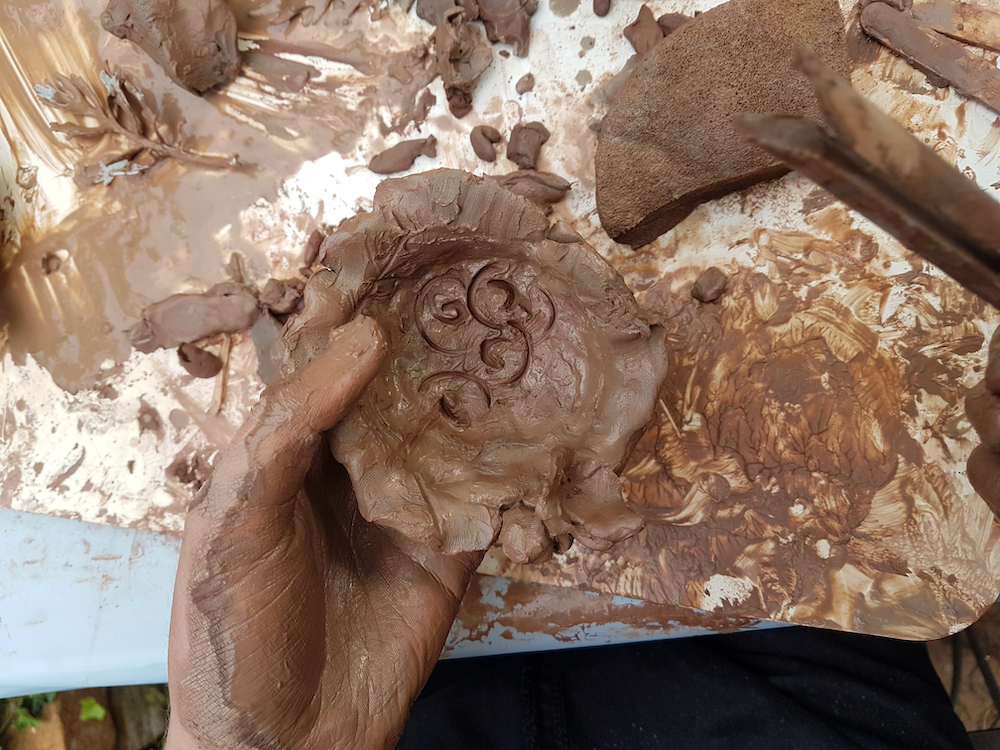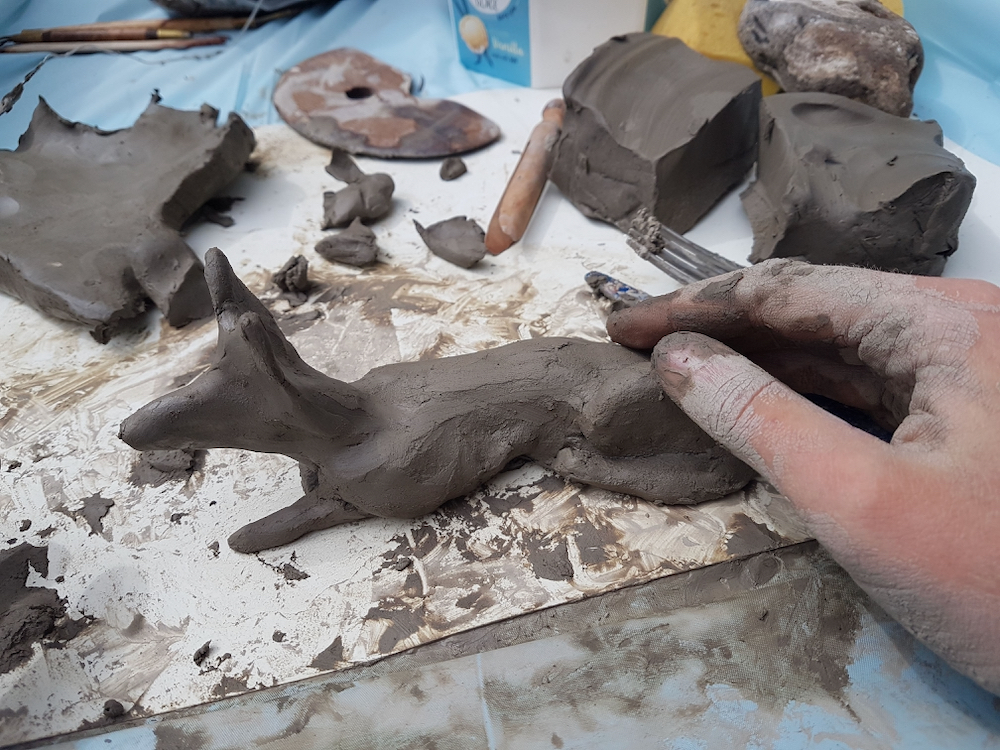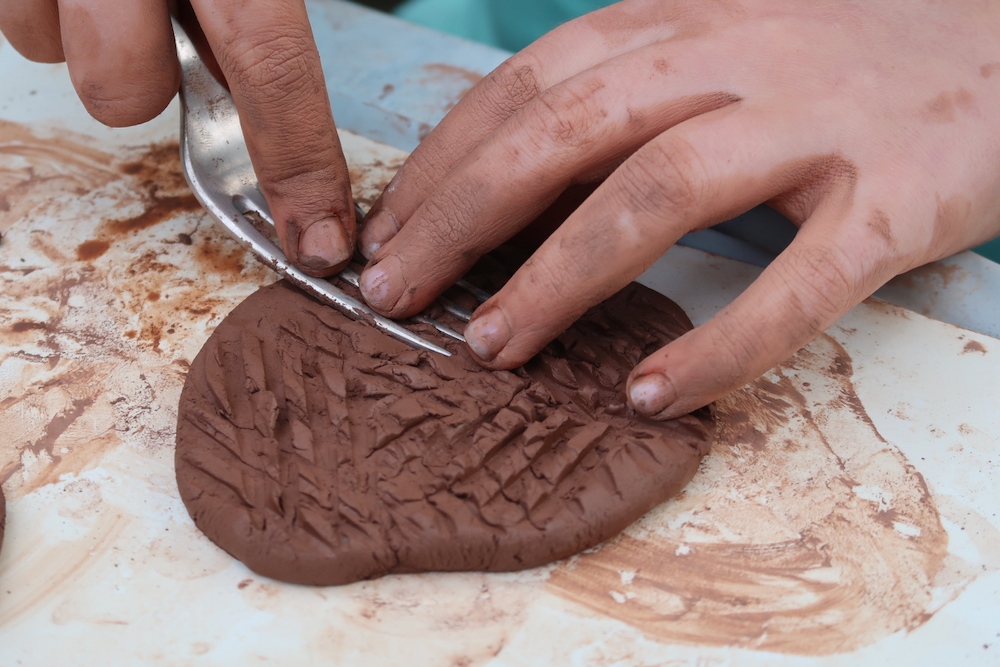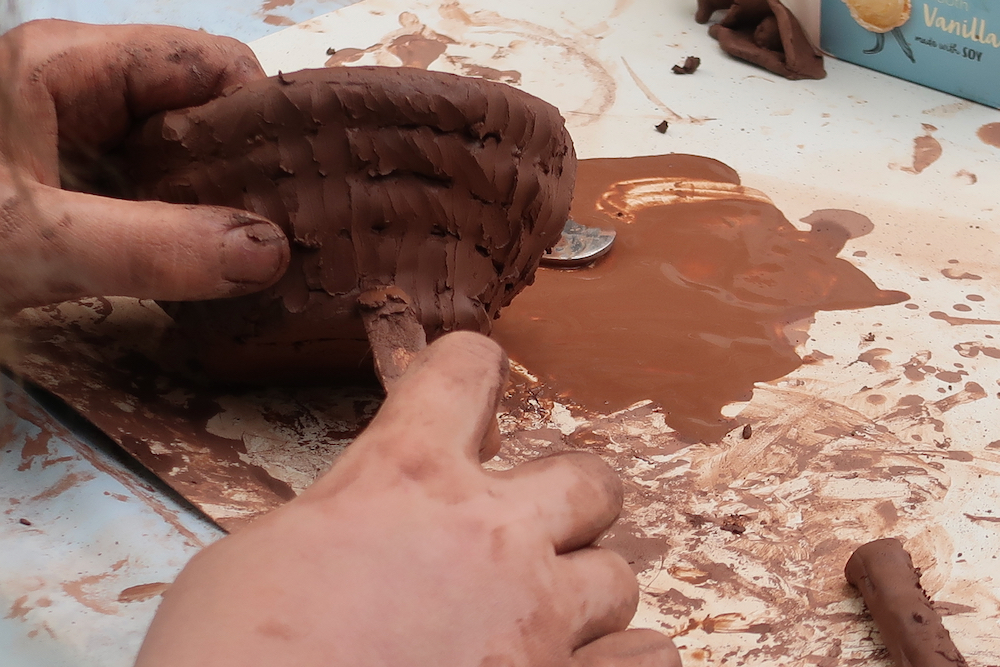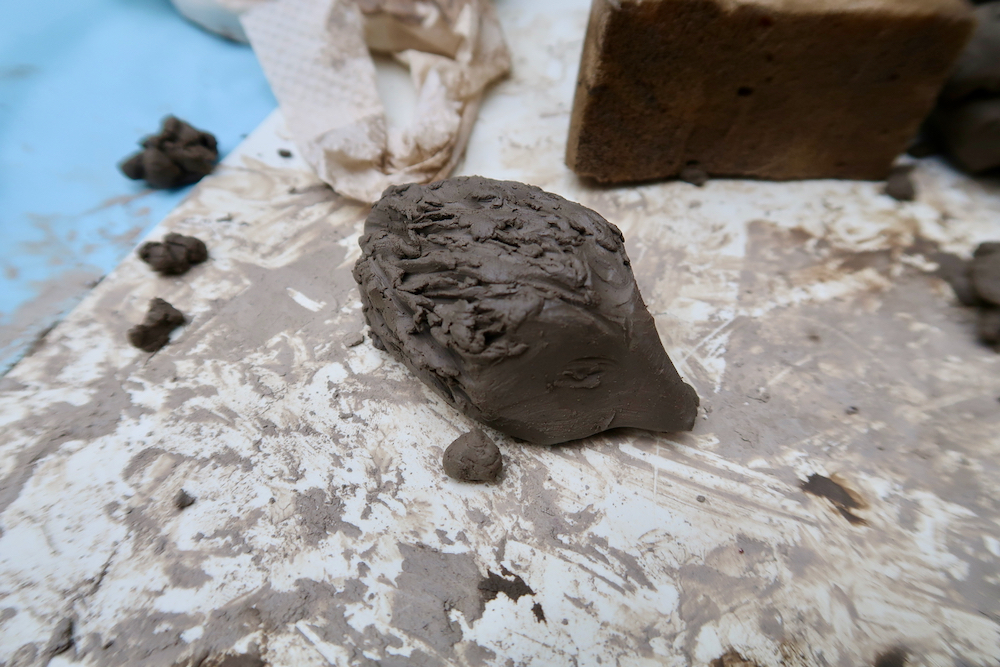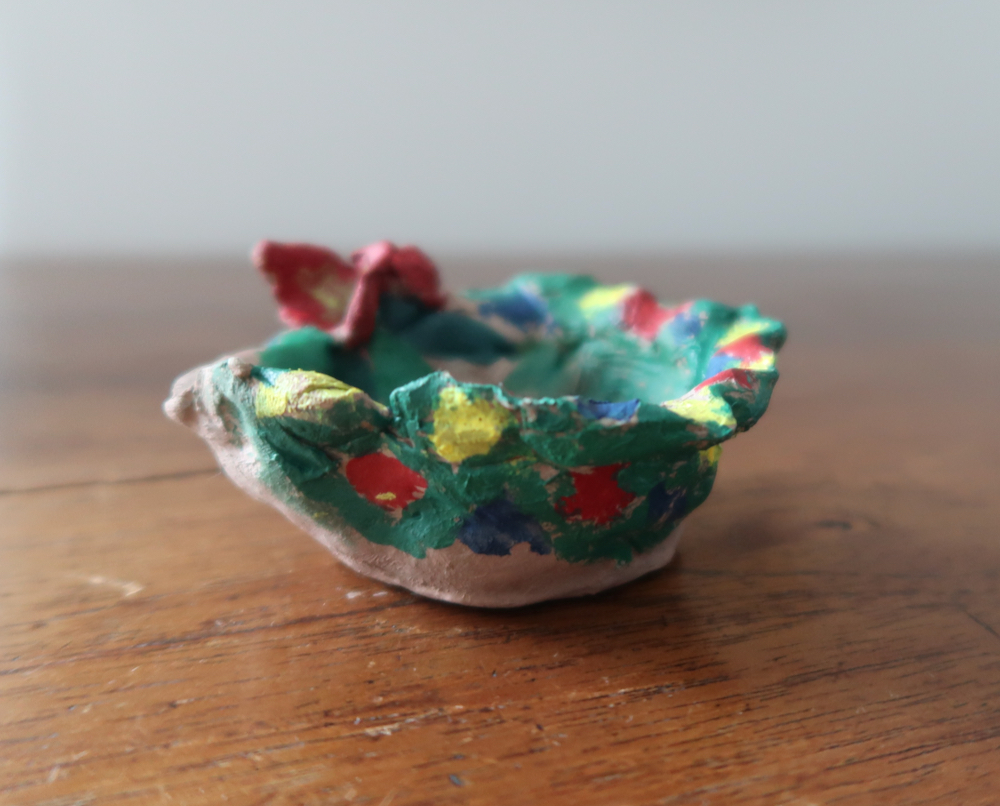How To Clay Play
This resource has been created in collaboration with Cambridge City Council with the support of Scolaquip in response to Covid-19 and Cambridge City Council’s #CamCreativePacks which aim to support access to arts and culture for vulnerable families in Cambridge during the pandemic.
With special thanks to Scolaquip for providing 100 units of air-hardening clay to be distributed to families via Cambridge’s Community Resilience Networks and network of food hubs.
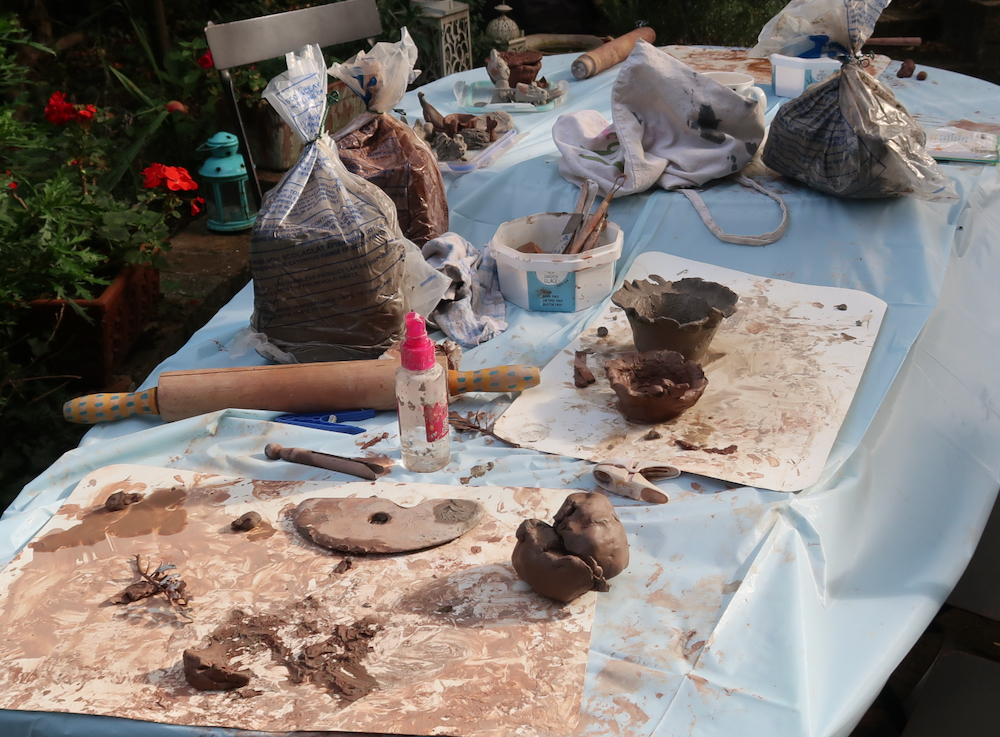
Unlike regular clay, air-hardening clay does not need to be ‘fired’ and all you really need to know about the clay, you will learn by shaping it and playing with it.
You can play with textures and shapes or just enjoy the feeling of it in your hands. This clay product will give you hours of fun and you will also be able to make some lasting creations that can be painted and saved.
Air-hardening clay does not need to be fired but it’s worth remembering that, unlike fired clay (ceramics) you won’t be able to use your creations for holding any liquid or eating on!
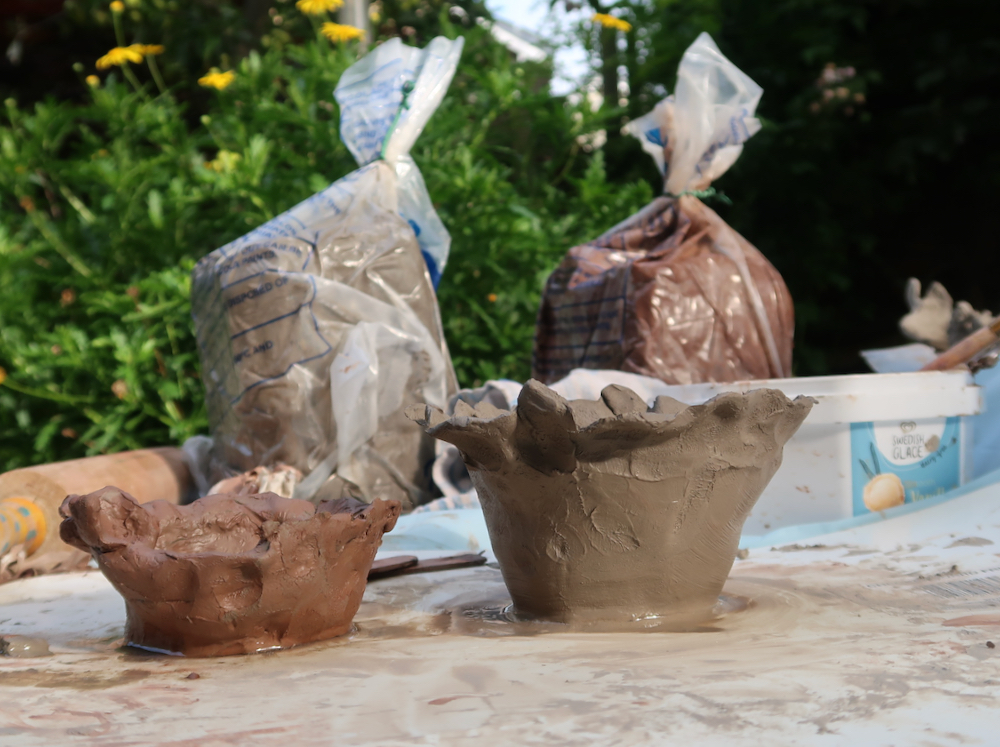
No matter how old you are, we hope that this resource will inspire you to have fun together with Clay Play!
You may already be very familiar with clay, this age-old modelling material, or never have tried it before! Either way, you’ll agree it’s a brilliant material to play with.
There will be lots to talk about too while your hands are busy making!
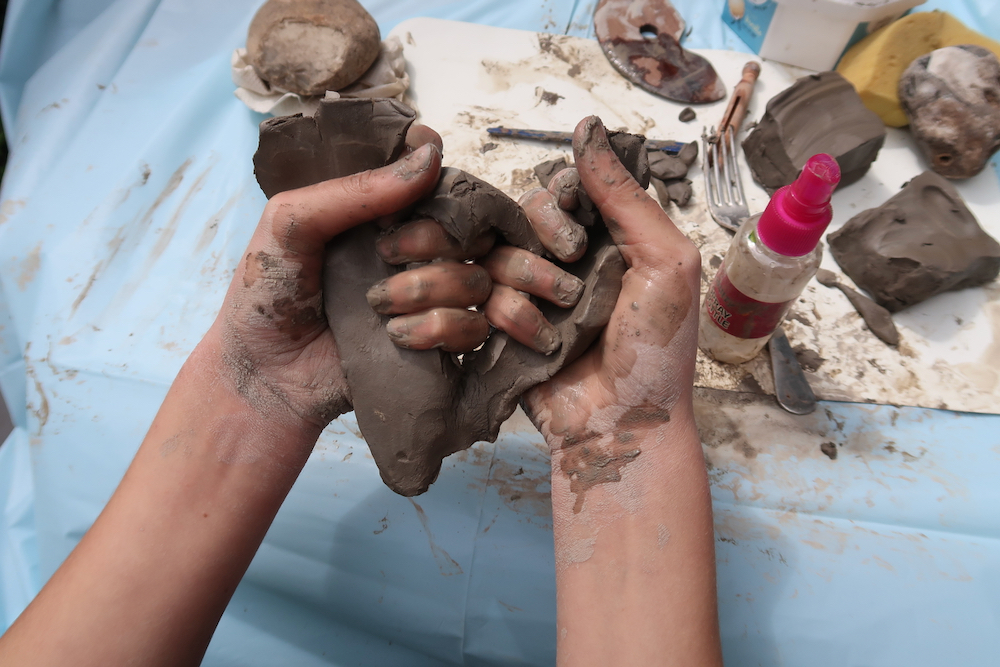
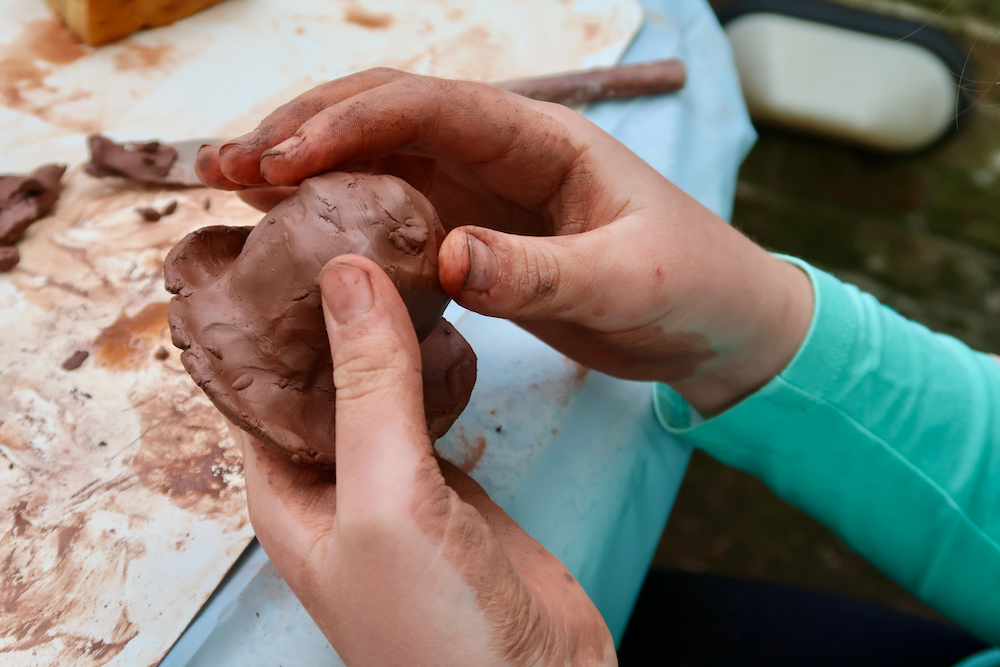
You Will Need:
- Scola air-hardening clay
- Water (in a plastic tub)
- An old plastic placemat or suitable surface to work on
- A sponge
- Mark-making tools (like a knife, fork, lolly-pop stick, toothpick, etc.)
- Old rolling pin (optional)
- Paint (optional but most water-based paint will work on the dried clay surface).
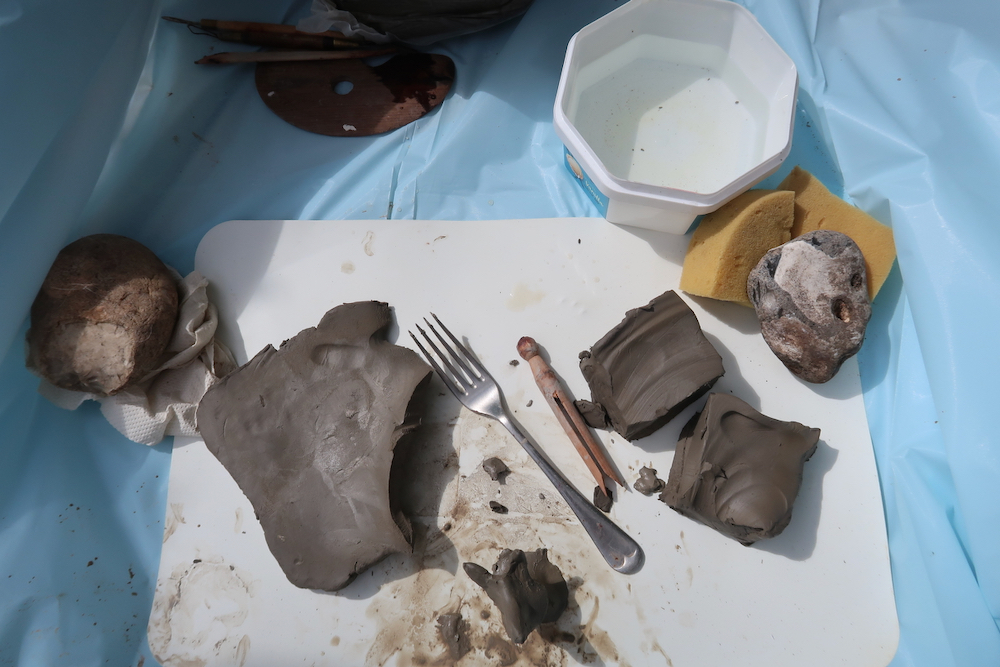
Getting Started:
Use a piece of wire or tear off fist-sized pieces of clay with your hands. Keep what you are not using in the closed plastic bag so it does not dry out.
Make sure that you have plenty of water to hand.
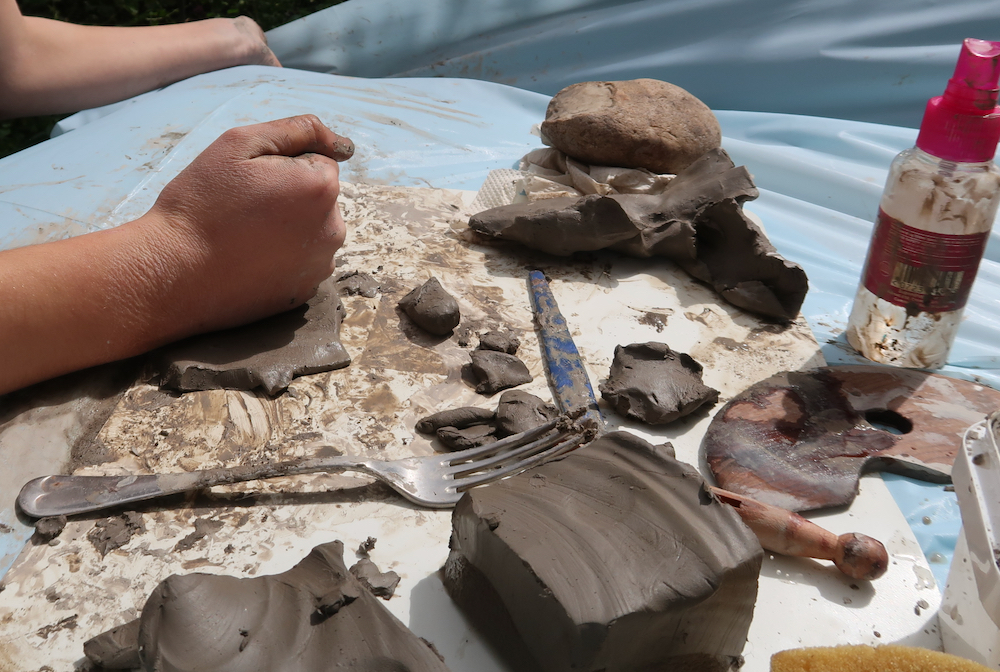
What Should I Make?
Anything! There really is no wrong or right way of working just trust your instincts and sense of play to explore shaping it!
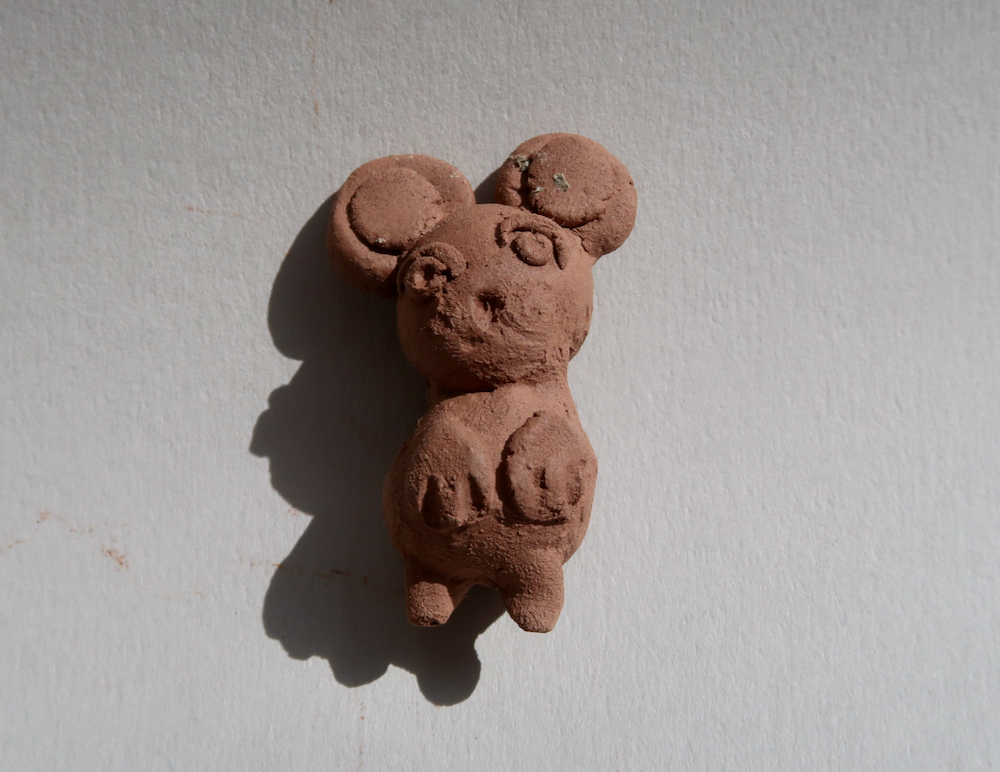
How Big Should I Work?
Unlike fired clay, air-drying clay does not have a huge amount of strength so it’s best not to work too big. We would recommend that it’s best suited for smaller, fist-sized models. Also, if you work too small, you might find it’s a bit brittle and might crack, so best to work with a good thickness.
Moulding, Shaping, Modelling
Clay is an age-old ‘modelling’ material. It’s been used by our ancestors forever! You will find that if you are patient and just trust yourselves you will quickly be able to turn this lump of mud into a special shape or ‘form’. Enjoy!
Remember there really is no wrong or right way of working just trust your instinct for clay!
Remember! You can add and take away clay.
You can also work with your clay over several sessions by keeping it moist under a damp cloth and plastic bag.
Mark-Making
You can use different tools to create different textures; a fork, a lolly-pop stick, the back of a spoon. You can make ‘imprints’ into the clay by pressing natural materials like twigs and leaves into its surface.
See how you can bring your piece to life by incorporating different textures and using different tools while you are making!
Joining and Building
You can join two pieces of clay together. Use a tool, like a knife or a toothpick, to ‘score’ both the surfaces so they are rough and can grip together. Make sure they are nice and wet. Use your tool to score a bit more and mould the two pieces until they become one.
Drying
To avoid cracking you might want to dry your pieces under a dampened cloth so that they dry slowly over a few days.
Painting
When your work is completely dry you can bring it to life by painting it with most water-based paints including acrylic, poster, and gouache. You might want to paint the surface with PVA glue to create a shine!
Many thanks to Scolaquip and Cambridge City Council for this AccessArt Clay Play resource.
Thank you to Orla and Portia from Chesterton Community College, Cambridge for sharing their clay creations with AccessArt.

